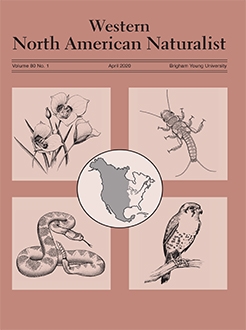Species of biscuitroot (Lomatium: Apiaceae) are endemic to western North America, where multiple species can be common members of perennial wildflower communities from basin sagebrush-steppe and juniper woodlands up to alpine meadows. Despite Lomatium being the largest genus of Apiaceae in North America, little is known about its pollination needs or pollinators. Manual pollinations of the tiny flowers of one species, desert parsley (L. dissectum), showed it to be a self-compatible species, akin to other genera of Apiaceae. Seed production, however, largely requires pollinators to move pollen within and between the andromonoecious umbels. Regional sampling of floral visitors to L. andrusianum, L. dissectum, L. triternatum, and several other species revealed a sometimes abundant and exceptionally rich diversity of mostly Andrena bees. These 21 Andrena species together composed 94% of the individuals methodically sampled at Lomatium plants; this number is at odds with claims of taxonomic promiscuity for pollinator faunas of the Apiaceae. But for several Lomatium specialists, these Andrena species all seem to be floral generalists with apparent pollination value for Lomatium. These ground-nesting bees, as well as their Lomatium hosts, should survive the increasingly frequent and extensive wildfire events burning the sagebrush-steppe and juniper woodlands that they inhabit, owing to their springtime seasonalities and the insulative protection of overlying soil.
How to translate text using browser tools
6 March 2020
Self-Compatibility in Lomatium dissectum (Apiaceae) and the Diverse Andrena Bees that Dominate Regional Lomatium Pollinator Faunas
James H. Cane,
Melissa Weber,
Byron G. Love
ACCESS THE FULL ARTICLE

Western North American Naturalist
Vol. 80 • No. 1
April 2020
Vol. 80 • No. 1
April 2020





